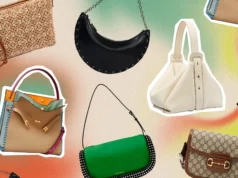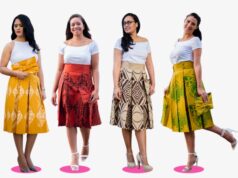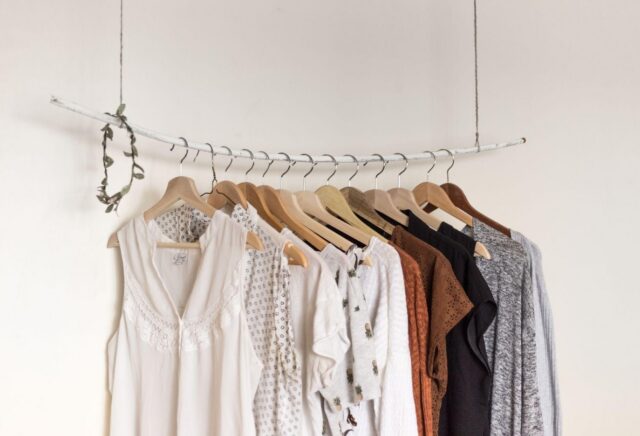
The definition of fashion is quite fluid. However, fashion can be said to be your sense of style. Some people dress themselves up in ways that make them look great. Yet others like to dress themselves up in ways that reflect their life choices.
So if a person is a firm believer in animal rights, then that fashion actively avoids leather and animal skins in his clothing and accessories. Likewise, a person who cares for the environment or about the impact of the fashion choices that he makes will choose to make his clothes and accessories sustainable.
Some Environment-Friendly Fashion Choices That You All Can Make
There is no doubt that the global fashion industry and the way it runs have a profound impact on the environment. Some estimates suggest that the production methods adopted in the fashion industry account for around ten percent of the total carbon emissions in the world.
Apart from the carbon emission, which in turn leads to global warming, the fashion industry also affects precious resources like water.
So it is essential to make wise environmental choices when it comes to fashion if the harmful impacts of the industry are to be mitigated. So here are some tips for you to make sustainable fashion choices in the future.
1. Try To Rent And Not Buy
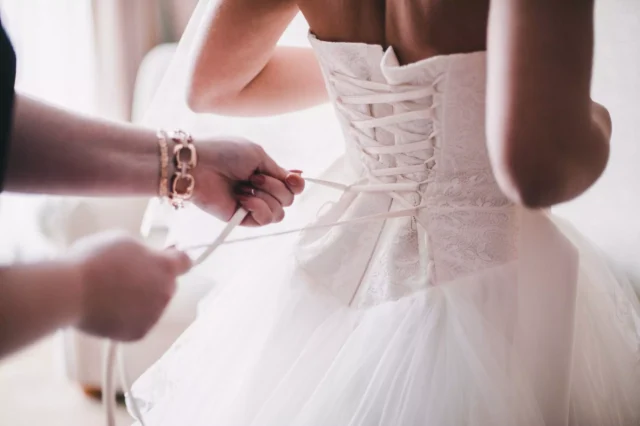
Renting and not buying is the dictum that people should follow when it comes to buying super expensive dresses that get used very rarely. For instance, most people do not repeat the clothing that they wear for their wedding. Nonetheless, the wedding dress of a bride is probably the most expensive dress that she will ever buy.
However, buying something that is very expensive and using it only once or twice is wasteful from an economic and an environmental point of view. So it is always advisable to rent a wedding dress for a bride.
Apart from the wedding dress, if you want a gorgeous dress that you are unlikely to use for a second or a third time, then go for renting. So when it comes to bridal wear and fancy party clothes renting is the way to go.
Renting gives you many choices, and it is also cost-effective. Many people are unsure about wearing rented clothes as they think that renting clothes is equivalent to not having the money to buy new clothes. However, that is not the case; on the contrary, most celebrities wear rented clothes for mega-events. So renting is not a sign of poverty.
Again, people are worried that rented clothes are not a hygienic option because someone else has already worn the clothes. But there is no need to worry about hygiene and cleanliness. This is because the shops that give out clothes for rent ensure that the clothes are clean and free of germs.
And finally, if you are someone who is paranoid about wearing a rented dress, then you should at least try to buy such dresses that you can wear on multiple occasions.
2. Buy Secondhand And Buy In Bulk Quantities
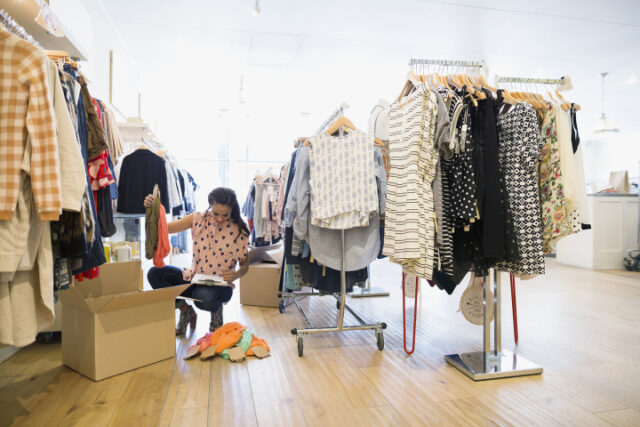
When you buy second hand clothing bulk instead of brand-new clothes, you not only save money, but you also save the environment.
Manufacturing new clothes requires a considerable amount of electricity to run power looms.
So when you buy secondhand clothes, you protect precious and non-renewable resources like coal. This is because even today, most of the electricity produced globally is via burning fossil fuels like coal.
3. Try To Keep A Check On Your Wants
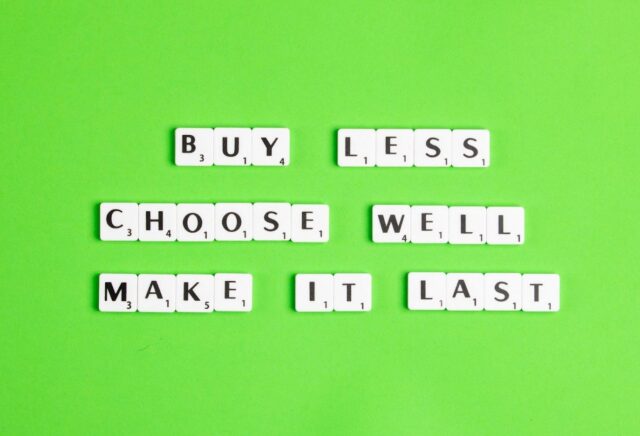
It is true that most people have a tough time distinguishing between their wants and needs. Moreover, the fashion industry in the twenty-first century is plagued by the trend of fast fashion. So you end up buying way more than what you need.
So the best and perhaps the easiest way to prevent or mitigate the adverse effects of the fashion industry on the environment is to reduce unnecessary demand.
When you, as a consumer, demand less, then the manufacturers will also be forced to produce less. And this reduces the pressure on environmental resources like fossil fuels for energy, land for growing fiber crops, etc.
It is difficult to control one’s impulsive tendencies, especially when purchasing products has become extremely easy. E-commerce brands provide a convenient means to shop, and many websites also offer deep discounts.
So the next time you are about to buy a new dress or a new handbag, ask yourself if you need it. If the answer is affirmative, then only you should go ahead with the purchase.
4. Try To Buy From Sustainable Fashion Brands
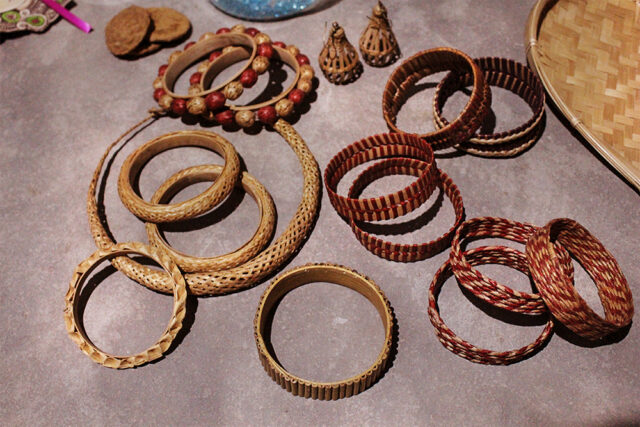
Today there are several fashion houses that proudly claim that they are promoting sustainable fashion. There are sideways in which a fashion house can promote sustainability.
So it is possible that a fashion house uses biodegradable materials for manufacturing its clothes.
Likewise, there are environmentally friendly jewelry brands that make jewelry out of bamboo, clay, etc., instead of metals like gold and silver.
Mining for metals harms the environment by releasing pollutants into the atmosphere. So when you buy bamboo jewelry, you protect the earth from air pollution.
There are other ways, like encouraging recycling, by which sustainability can be promoted by a brand. Many brands have buyback offers for their old products. If the customer returns the old product to the designated outlet, he can get discounts on his next purchase from that brand.
Conclusion
Making a move towards sustainability is relatively simple. Making sustainable choices is a matter of reigning on unnecessary wants and taking small steps like buying used stuff or recycling old things.
It is estimated that the world annually produces around a hundred billion clothes. This amount is way more than what is required. Many of the clothes people buy get worn only once or twice.
However, today there is a lot of awareness of the impact of the wasteful exploitation of resources. And so the future for wise use of resources looks bright.
And it doesn’t end there. Now there are even sustainable materials such as pineapple “leather” wallets, made from leftover pineapple plant leaves. And kraft paper vegan leather belts and wallets. Made from biodegradable wood pulp.





